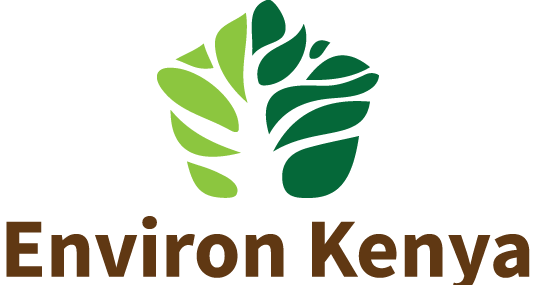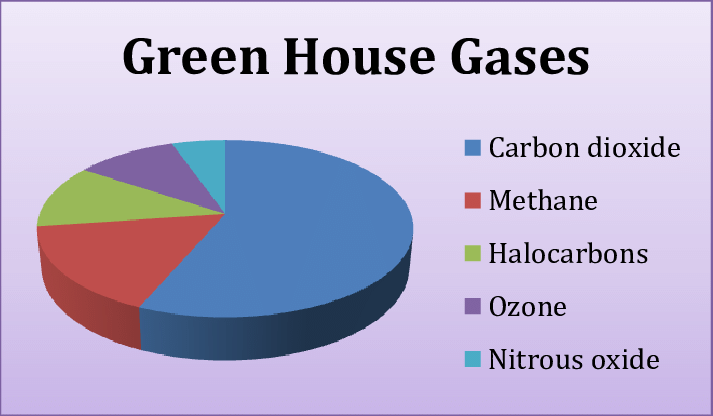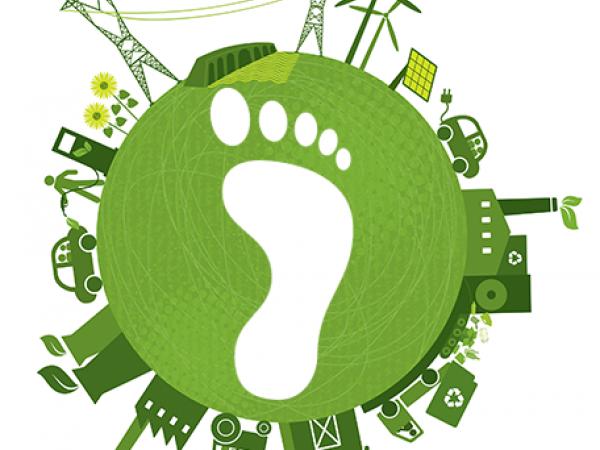Forest Based Carbon Trading
Over the past few years, carbon trading has gained popularity around the globe, more so, forest-based carbon trading. The financial benefits associated with the trading has drawn more interests among countries, companies and individuals. According to NatWest Markets, it is projected that the international climate finance markets will reach $640 billion in 2021. By 2025, demand for carbon offsets may be higher than the supply with prices increasing by 2030. These projections are a clear indication on the need to be involved in carbon trading.
Carbon trading allows companies and business buy or exchange carbon credits gained through activities such as forest preservation, clean energy systems, low-carbon emission practises and tree planting. One carbon credit is equivalent to one metric tonne of CO2. Most companies are trading in the carbon markets with aim of reducing their carbon foot prints in the atmosphere.
Forest-based carbon trading is set to be normalized in the near future. There are numerous benefits associated with carbon trading and carbon financing including conservation and protection of forest ecosystem is one of the benefits of the trade. Industries and companies emitting carbon into the atmosphere are willing to finance projects involved in conservation and protection of forests that act as carbon sinks.
The carbon-offset projects also provide income and improve livelihoods of the communities. Most of these projects are conducted from the grass-root levels with communities mainly adjacent to the forests who are most likely to cause destruction in the forests with the aim of improving their livelihood. Providing the communities with alternative income sources for them to protect and conserve the forests will reduce destruction of the carbon sinks.
In Kenya, Chyullu Hills and Kasigua Project are some of the largest projects under REDD+ that is involved in selling of carbon credits. Wildlife Works who manage the project collaborated with communities and ranch owners to protect and manage the wildlife corridor connecting Tsavo East and Tsavo West National Parks. The 200,000 hectares of forest land has been well managed through this collaboration which has led to the success of the project.
The project has generated 1.2 million voluntary emission reductions (VER) worth between $3.5 to $7 million. The revenue from the project is divided between the investors and the communities. The project has also employed many people from the communities bead the area. Involving the community gives them a stake in the project including the revenue from the project and in turn, they conserve and protect the trees.
Incentives offering a win-win solution are the way to go in the fight against climate change and carbon trading. Such solutions include in setting, that involves companies adding carbon-removing initiatives along their supply and value chain. A tree grower in Kericho, Kenya, for example can move to agroforestry. The trees will not only help in capturing carbon but also provide shading that can help retain soil moisture.
Initiatives such as the REDD+ have for a long time been involved in discussions around forest-based carbon trading. In the past, however, the initiative lacked the channels and links to deliver climate finances to the communities and local governments conserving and protecting the forests. Now, the international community has well fitted models that provide the right channels to reach the people.
Carbon trading has been met by various challenges over the past years. Transparency of the process, lack of regulatory enforcement and double crediting has been questioned in the past. Proper and improved systems have helped deal with most of these challenges making the market more attractive to investors.
Lack of expertise in carrying out forest-carbon offset projects is also a challenge. This has, however, been addressed through various methods. In Kenya, companies such as Environ Kenya and Enkel Carbon, conducts trainings and capacity building on carbon credits. Institutions and companies willing to venture in the market can gain the necessary skills and knowledge through such training.
Land ownership and rights has also been a challenge. For the carbon market to meet the projected demand, there is need for land which is not readily available. In Kenya, most of the available land is mainly owned by communities or private companies and individuals. Collaborating with such parties can help spearhead carbon-offset projects. In the Kasigua Project, for example, Wildlife Works collaborated with range owners and community to ensure that the corridor and forest is conserved.
In conclusion, carbon trading should be considered as the last resort when it comes to emissions. Companies, businesses and individuals should first prevent and reduce all forms of possible emissions to the atmosphere before turning to carbon offsetting. It is speculated that voluntary carbon trading is about become the new normal and this will play a crucial role in safeguarding the future of the planet.








I was very pleased to uncover this site. I wanted to thank you for ones time for this particularly wonderful read!! I definitely liked every bit of it and I have you bookmarked to see new stuff on your blog.